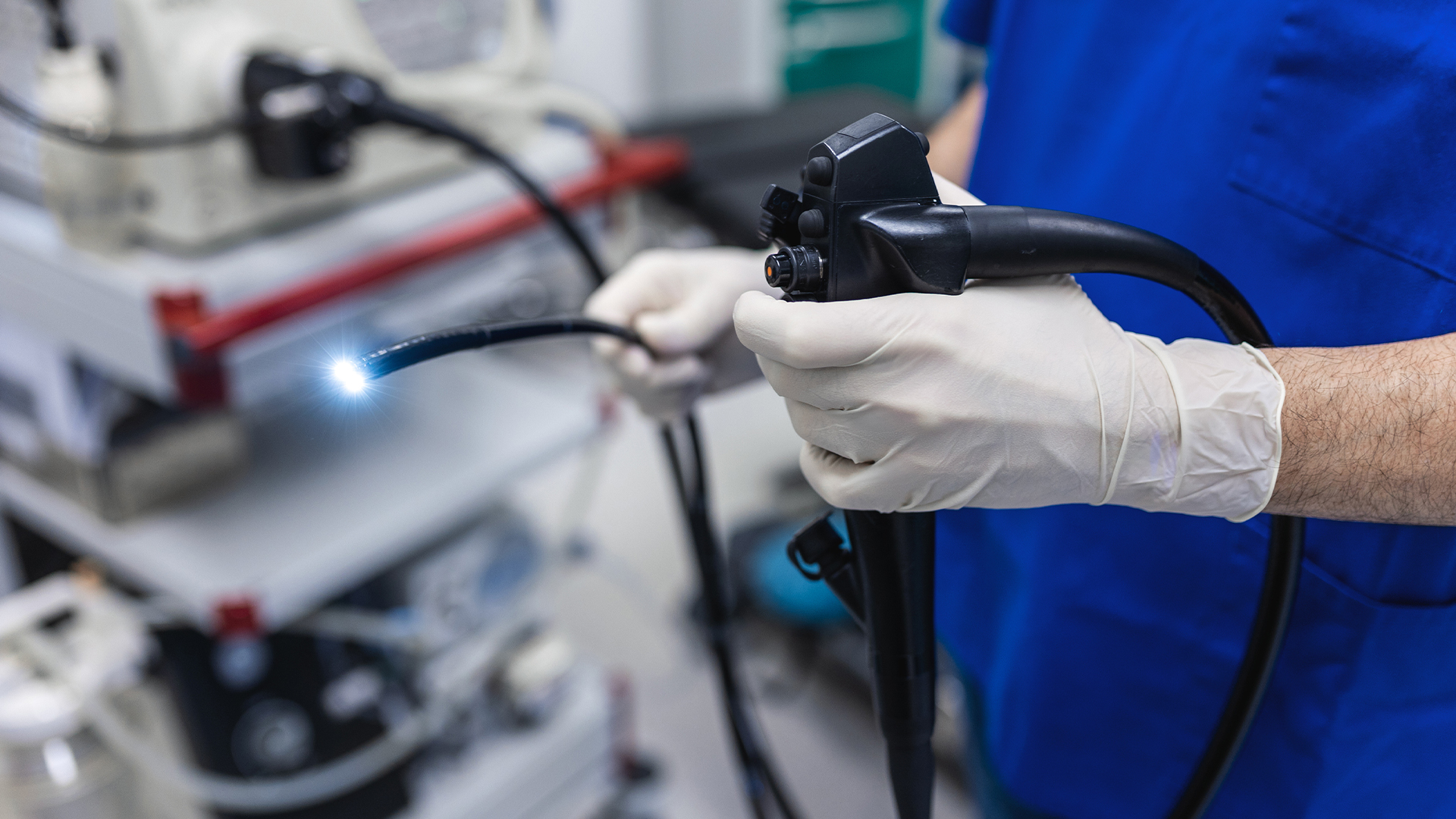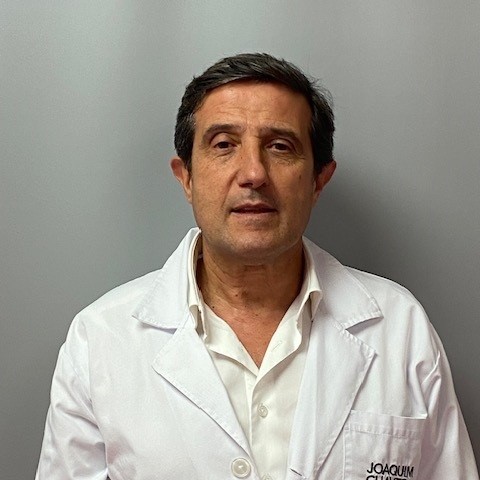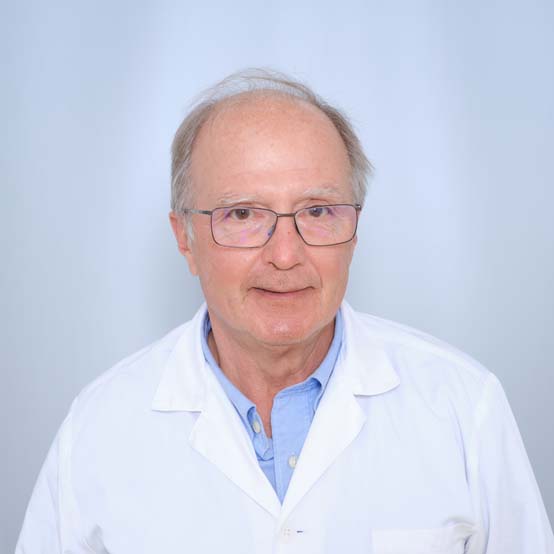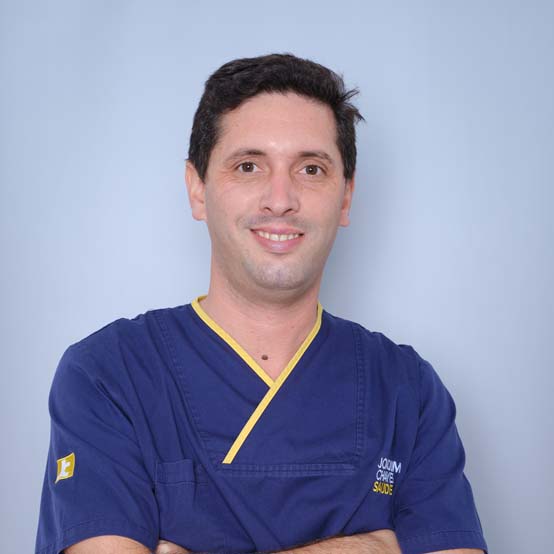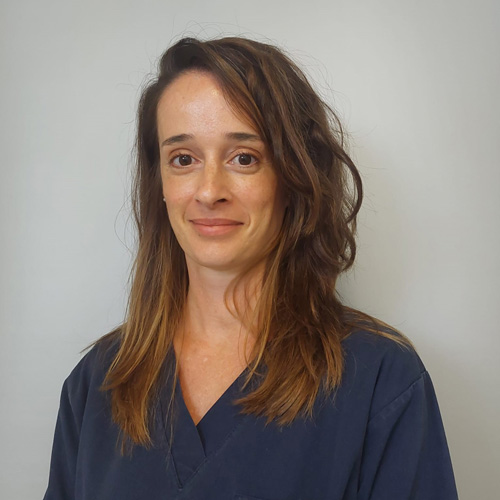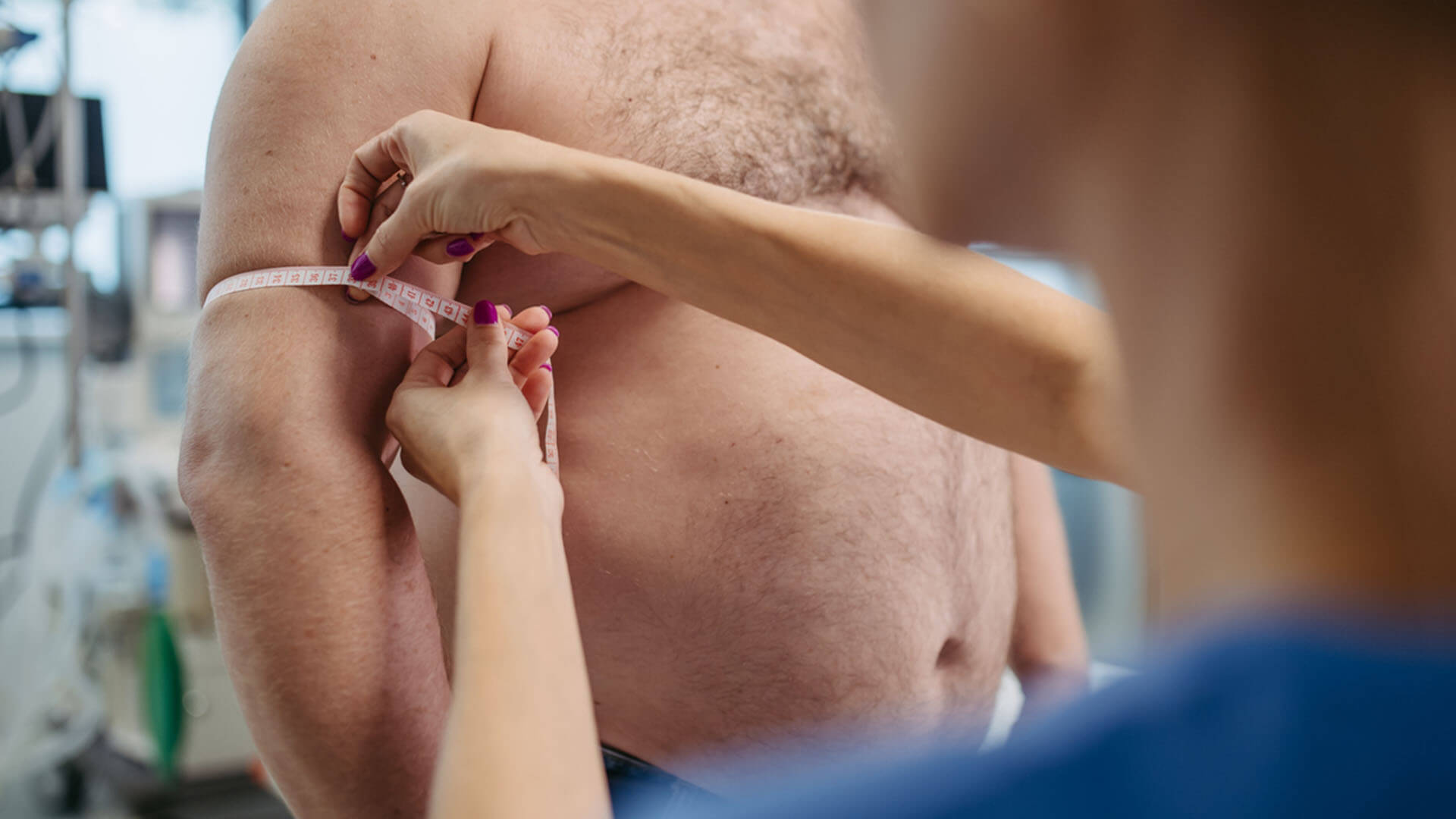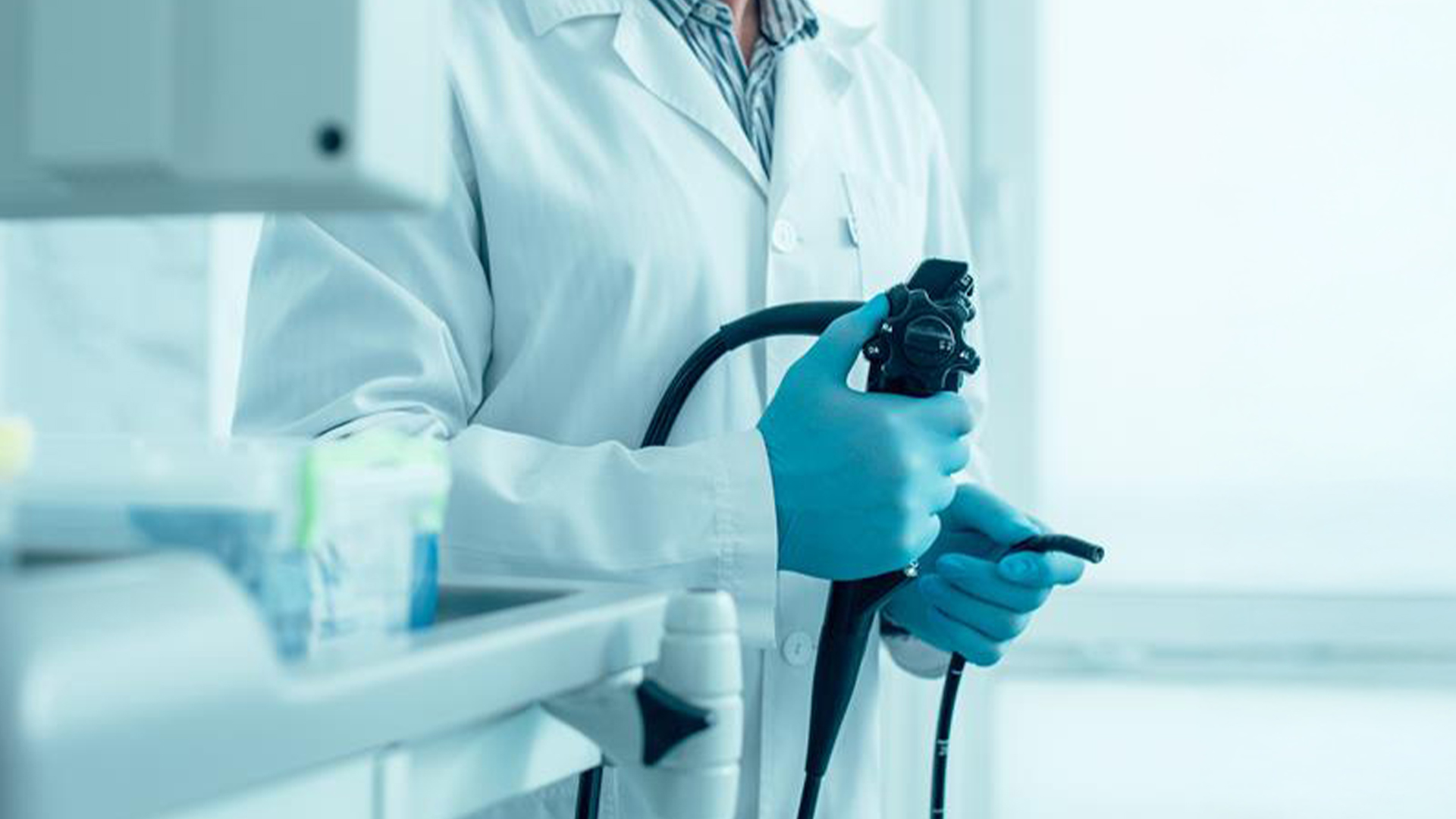An endoscopy is a very common Gastroenterology test used to examine the digestive system and diagnose various conditions early. This exam is often perceived as uncomfortable, but it can now be performed with sedation, so that the patient does not feel any pain or discomfort. Find out how an endoscopy is performed, cases when it is indicated and what precautions to take.
Endoscopy: what is it?
An endoscopy, technically called esophagogastroduodenoscopy (EGD), is an auxiliary diagnostic test that enables a visual examination of the three primary sections of the digestive system: inside the oesophagus, stomach and duodenum (first portion of the small intestine).
This exam is performed using a flexible tube equipped with a small camera on the end, which transmits images to a monitor. In addition to investigating symptoms, this procedure can also collect tissue samples (biopsy) for laboratory analysis, or even perform treatments.
Endoscopy: what is it for?
Endoscopy serves primarily to detect lesions in the oesophagus, stomach and duodenum, such as ulcers, polyps or tumours, as well as localising internal bleeding or other conditions. Therefore, this exam is essential for the early diagnosis of several disorders that affect the digestive system.
Aside from the diagnostic function, endoscopy also enables other medical acts to be performed, such as taking tissue biopsies from various segments of the digestive tract or treating early lesions, through minimally invasive procedures. This exam is often used to remove polyps, solve obstructions or control cases of internal bleeding resulting from, for example, ulcers or ruptured vessels.
Endoscopy: how is it done?
An endoscopy is performed with a device called an endoscope, a flexible tube equipped with a small camera on the end. An anaesthetic spray is applied to the patient’s throat to reduce sensitivity when the device is inserted. To protect teeth and the device, a plastic mouth guard is positioned between the patient’s teeth, through which the endoscope is introduced.
The physician begins the procedure by inserting the endoscope through the patient’s mouth and guiding it to the upper digestive tract. As the device advances, air is introduced to distend the structures and provide a more precise image.
When the exam is over, the endoscope is carefully removed through the mouth. The test takes between 5 and 20 minutes, depending on the purpose and need to perform additional procedures.
Because an endoscopy can cause temporary gagging and shortness of breath, a light and safe sedation can be applied to reduce discomfort. In this case, the patient is asleep during the procedure and sedation is administered in total safety by an anaesthesiologist.
When the endoscopy is performed to carry a specific type of treatment or a more complex intervention, such as removing larger polyps or taking biopsies, the patient will also be sedated, breathing spontaneously, but without awareness. In these cases, the only difference is that the therapeutic exam may take longer and require a higher dose of drug.
What are the restrictions of an endoscopy?
As with any other diagnostic exam, an endoscopy involves some restrictions or contraindications. Even when performed correctly, some lesions may go undetected. Furthermore, it may not be possible to perform this exam in the following situations:
• Psychiatric patients, even using sedation, when the patient is uncooperative;
• Solid foods ingested less than 6 hours before;
• Difficulty breathing;
• Serious coagulation disorders;
• Heart conditions;
• Suspicion of bowel perforation;
• Haemodynamic instability.
An endoscopy also presents some risk of complications that, although rare and mild in most cases, must be taken into consideration. These may include changes in blood pressure or heart rate, irregular breathing, haemorrhage, perforation of the upper digestive tract, or even infection. When the procedure is more complex and involves a greater risk of infection, the physician may prescribe antibiotics before the exam.
After the exam, if you experience fever, chest pain, abdominal pain, gas and bowel obstruction, vomit or faeces with blood, or difficulty breathing or swallowing, you should be re-examined by the physician.
What preparation is necessary for an endoscopy?
Preparing for an endoscopy is simple and usually involves the following precautions:
• Fast for 6 to 8 hours before the endoscopy, to ensure the stomach is empty (you can drink water or tea up to 2 hours before the exam). The meal before the exam should be light;
• Inform the physician of all medication taken regularly to assess if any should be suspended;
• In the case of an exam with sedation, patients should be accompanied, as they cannot drive for 12 hours after the procedure;
• Patients should plan the day of the exam in order to avoid working or making important decisions, and they should always be accompanied.
When is an endoscopy advisable?
This exam can be prescribed to investigate various medical conditions, which include:
• Persistent stomach pain or abdominal discomfort;
• Nausea or vomiting;
• Frequent heartburn or bloated sensation;
• Difficulty swallowing;
• Detection of tumours (when there is a clinical suspicion or by imaging exam);
• Weight loss, anorexia or anaemia;
• To monitor specific conditions;
• Biopsy collection;
• Removal of foreign bodies or polyps;
• Screening for stomach cancer, in specific cases of relatives/family history, as recommended by the attending physician.
Endoscopy at Joaquim Chaves Saúde
At Joaquim Chaves Saúde, we have all the resources and equipment to make endoscopy a painless, comfortable and quick exam. If your physician has prescribed this procedure, don’t wait any longer. You can count on the Joaquim Chaves Saúde team to carry out your endoscopy comfortably and fast. Schedule your appointment on your personal section of our website or our app.
